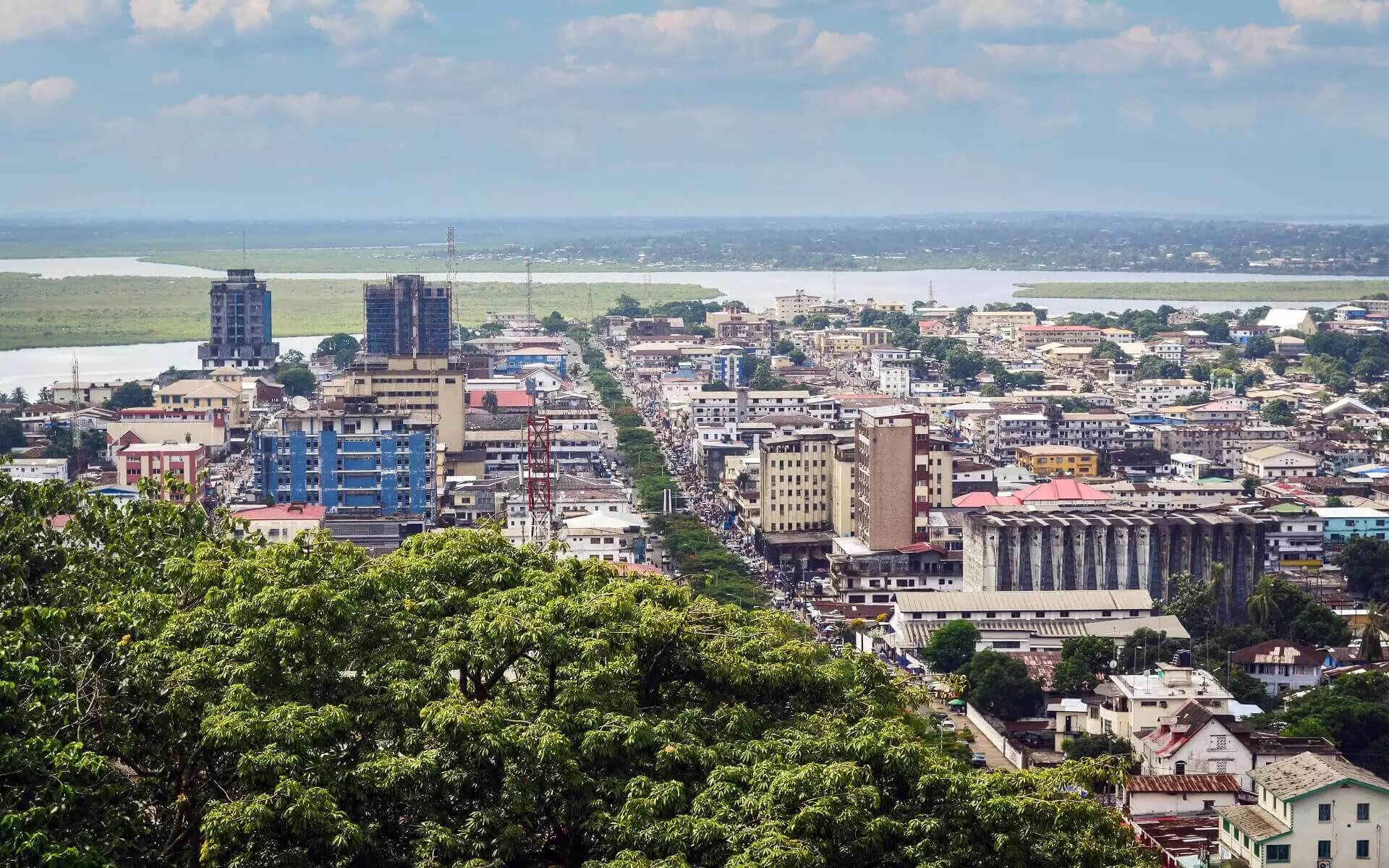[lwptoc]Liberia, formally the Republic of Liberia, is a West African country. Liberia is a Latin word that meaning “Land of the Free.” It is bounded on the west by Sierra Leone, on the north by Guinea, and on the east by Ivory Coast. It has a population of 4,503,000 people and an area of 111,369 square kilometers (43,000 square miles). The official language is English, while over 20 indigenous languages are spoken, reflecting the several tribes that make up more than 95 percent of the population.
The woods along the coast are primarily made up of salt-tolerant mangrove trees, but the sparsely inhabited hinterland contains forests that open into a plateau of drier grasslands. The climate is tropical, with substantial rains from May to October and strong harmattan winds the rest of the year. Liberia is home to around 40% of the surviving Upper Guinean rainforest. In the early twentieth century, it was a major producer of rubber.
The Republic of Liberia originated as an American Colonization Society (ACS) colony, which felt that blacks would have greater possibilities for freedom in Africa than in the United States. On July 26, 1847, the nation declared its independence. The United States did not acknowledge Liberia’s independence until February 5, 1862, during the American Civil War. Between January 7, 1822, until the American Civil War, almost 15,000 emancipated and free-born black Americans, as well as 3,198 Afro-Caribbeans, migrated to the colony. The black Americans who settled in Liberia brought their culture with them. Liberia’s constitution and flag were based after those of the United States. After Liberia’s people declared independence on January 3, 1848, Joseph Jenkins Roberts, a rich, free-born black American from Virginia who had established in the country, was elected as the country’s first president.
Liberia, Africa’s first and oldest modern republic, is the only African republic to have self-proclaimed independence rather than winning independence through a revolution from another nation. During the European colonial era, Liberia preserved and held its independence. During World War II, Liberia assisted the United States’ war effort against Germany, and the United States, in turn, invested in significant infrastructure in Liberia to aid its war effort, which also benefited the country in upgrading and strengthening its main air transportation facilities.
Furthermore, President William Tubman advocated for economic improvements. Liberia was a founder member of the League of Nations, the United Nations, and the Organization of African Unity on a global scale. Political tensions from William R. Tolbert’s administration led in a military coup in 1980 that ousted his leadership soon after his death, ushering in years of political instability. The First and Second Liberian Civil Wars followed five years of military control by the People’s Redemption Council and five years of civilian governance by the National Democratic Party of Liberia. More than 500,000 people were killed or displaced as a result of these events, which destroyed Liberia’s economy. A 2003 peace treaty resulted in democratic elections in 2005. The recovery process is ongoing, although around 85 percent of the population lives below the international poverty level.
Ebola virus outbreak endangered Liberia’s economic and political stability in the 2010s; it began in Guinea in December 2013, spread to Liberia in March 2014, and was declared officially over on May 8, 2015.


